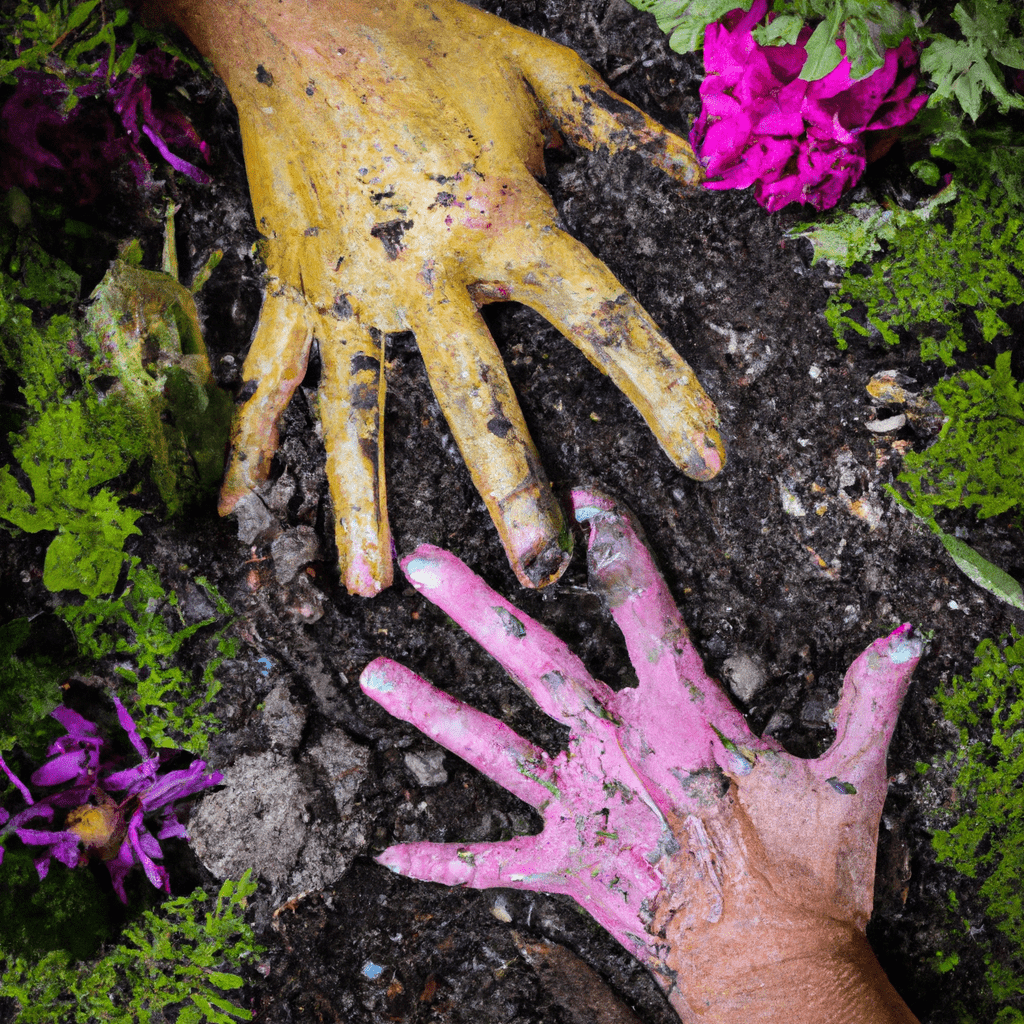
When it comes to gardening, there is a multitude of information available, but not all of it is accurate. Over time, certain misconceptions have taken root and become widely accepted as truth. In this comprehensive guide, we aim to debunk some of the most common gardening myths and provide you with accurate information to help you achieve success in your garden.
Myth 1: Watering Plants Every Day is Essential
Many gardeners believe that watering plants every day is necessary for their survival. However, this is not always true. While some plants require regular watering, others can thrive with less frequent watering. The key is to understand the specific needs of each plant species in your garden.
Overwatering can actually be detrimental to plants, leading to root rot and other problems. It is best to water deeply but less frequently, allowing the soil to dry out slightly between watering sessions. This encourages the plants to develop stronger roots and become more resilient.
Myth 2: Adding Gravel at the Bottom of Pots Improves Drainage
You may have heard the advice to add a layer of gravel at the bottom of pots to enhance drainage. However, this practice does not actually improve drainage significantly. In fact, it can have the opposite effect by creating a perched water table above the gravel layer, leading to waterlogged roots.
To ensure proper drainage, it is crucial to use well-draining soil mixtures and provide sufficient drainage holes at the bottom of the pots. This allows excess water to escape, preventing waterlogged soil and root rot.
Myth 3: Pruning Should Only Be Done in Spring
Pruning is an essential task in maintaining healthy and well-shaped plants. However, the idea that pruning should only be done in the spring is a common misconception. While spring pruning is suitable for certain plants, others benefit from pruning at different times of the year.
For example, flowering shrubs that bloom on new growth can be pruned in late winter or early spring before new growth begins. On the other hand, plants that bloom on old wood should be pruned after flowering to avoid removing potential blooms.
Myth 4: Organic Gardening Means No Pest Control
Organic gardening is often associated with the avoidance of synthetic pesticides and fertilizers. While it is true that organic gardening promotes the use of natural alternatives, it does not mean that pest control is neglected.
In organic gardening, pest control methods focus on prevention and natural remedies. This includes techniques such as companion planting, crop rotation, and the use of beneficial insects. If pest problems persist, organic-approved pesticides derived from natural sources can be utilized.
Myth 5: More Fertilizer Equals Better Plant Growth
The belief that applying excessive amounts of fertilizer leads to better plant growth is a misconception that can harm your garden. Plants require a balanced and appropriate amount of nutrients to thrive, and over-fertilizing can cause nutrient imbalances and even damage the roots.
It is important to understand the specific nutrient requirements of different plants and use fertilizers accordingly. Regular soil testing can help determine any deficiencies and guide you in providing the necessary nutrients in the right proportions.
Myth 6: Plants in Full Shade Cannot Flower
While it is true that many flowering plants prefer full sun, there are several species that can thrive and bloom in shady areas. Shade-loving plants have evolved to adapt to lower light conditions and can add beauty to those areas of your garden that receive limited sunlight.
Some popular shade-loving flowering plants include hostas, ferns, astilbes, and bleeding hearts. By selecting the right plants and providing adequate care, you can create a vibrant and colorful garden even in shady spots.
Myth 7: Mulch Should Be Placed Directly Against Plant Stems
Mulching is a beneficial practice that helps conserve moisture, suppress weeds, and regulate soil temperature. However, it is important to avoid placing mulch directly against plant stems, as this can lead to rot and disease.
To mulch effectively, create a layer of mulch around the base of plants, leaving a small gap between the stem and the mulch. This allows air circulation and prevents excess moisture from accumulating, reducing the risk of fungal infections.
Conclusion
Gardening is a rewarding and enjoyable activity, but it is essential to separate fact from fiction when it comes to common gardening misconceptions. By debunking these myths and providing accurate information, we hope to empower you to make informed decisions and achieve success in your garden. Remember to tailor your gardening practices to the specific needs of your plants and embrace a holistic approach that promotes the overall health and well-being of your garden.